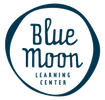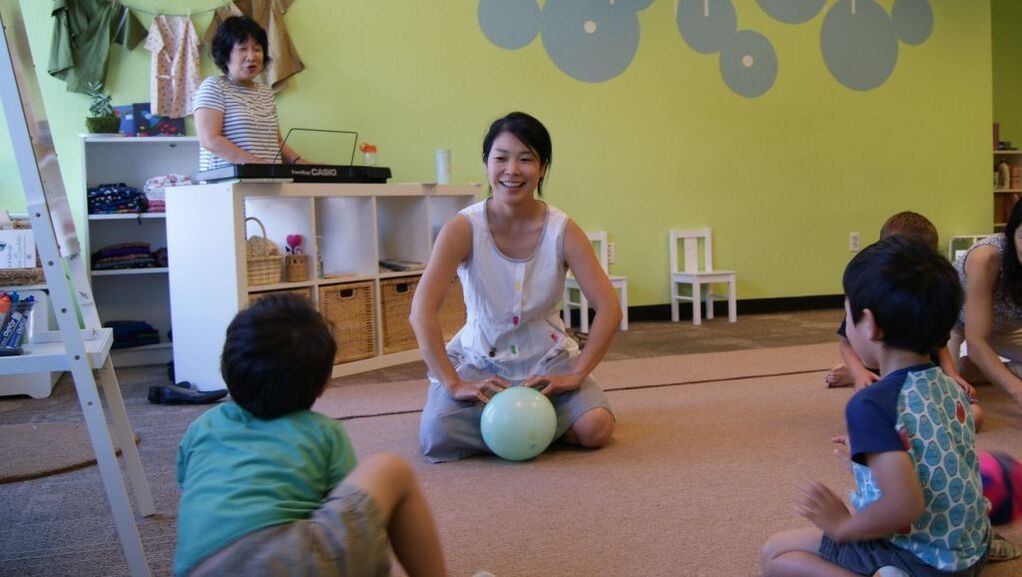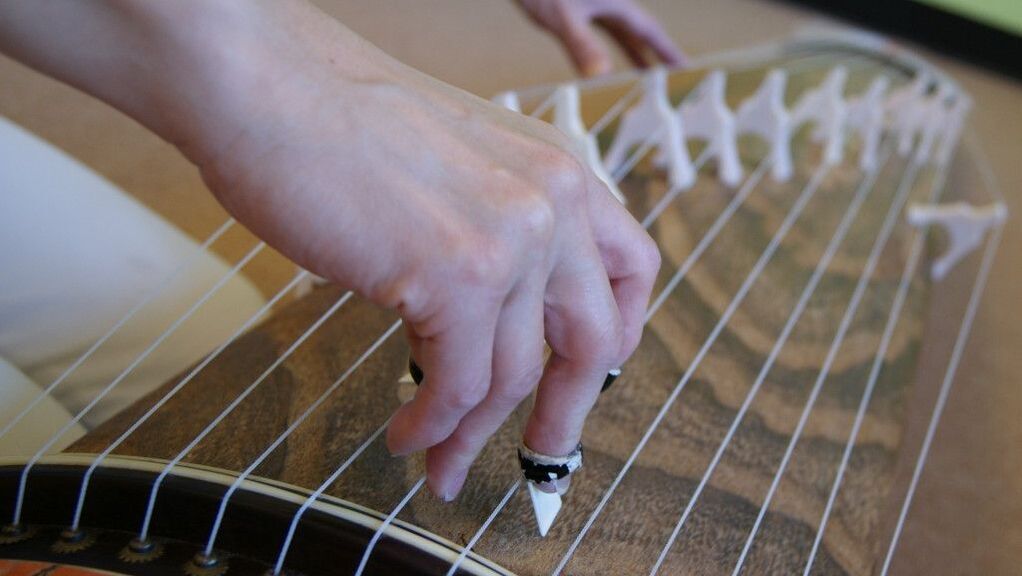Current Class Offerings (In Person)
French and Japanese Classes (2024-2025)Please register for classes here
Infants (for ages 1-2) Preschool Age Children (for ages 2-5) Morning language immersion programs in Japanese and French are play-based programs designed to introduce children to the sounds, words and tones of the language using hand games, songs, dance and crafts. Targeted skills include increasing vocabulary, listening comprehension and concentration. Maximum class size is 12. Weekly Schedule French: Mondays 9AM-12PM Japanese: Tuesdays, Wednesdays, Thursday, & Fridays, 9AM-12PM Aftercare service is available after classes conclude for children older than 18 months and is offered from 12PM - 3PM, Monday through Friday on a drop in basis for $40/day, OR on an ongoing basis together with morning class (after 9AM-12PM) for $30/day. Drop in classes $50 per day. Your child can attend classes on a day-by-day basis if we have space available in a given class (less than 12 enrolled students). Advance registration and a small deposit ($10) is required to hold your child’s place. Please contact Blue Moon to find out which days are currently available for drop in classes. Infant Monthly Tuition 1 class/week: $200 2 classes/week: $380 3 classes/week: $540 4 classes/week: $660 5 classes/week: $820 Preschool Age Monthly Tuition 1 class/week: $190 2 classes/week: $365 3 classes/week: $525 4 classes/week: $655 5 classes/week: $785 A one-time registration and materials fee of $50 will also be collected with your first month's tuition. To enroll in a class, we require a $50 deposit to hold your space. This deposit is non-refundable but can be used toward your child's first month's tuition & fees. For the most part, we observe the same calendar of vacations and holidays as the Alameda Unified School District. However, we are often open on holidays when the public schools are not, i.e. President's Day, Veterans Day, etc. School Age Children (for ages 5 and up) Japanese Language Classes: Private and group Japanese lessons are available in the afternoons for children aged 5 and up. Classes are divided by both age and language ability (complete beginner, able to understand, able to speak), so please contact us to find out which group might be best for your child. Monthly prices for Group Japanese Classes: 1 day per week. - $85 for 30 minutes - $105 for 45 minutes - $125 for 60 minutes - $145 for 75 minutes - $165 for 80 minutes An additional $20 will be added if it is a private lesson. Japanese Classes for Adults are also available starting at $45/hour. Please contact us for scheduling and more details on arrangements, Please contact us for more information. |
Japanese Cultural Classes
|



